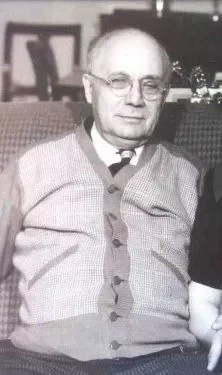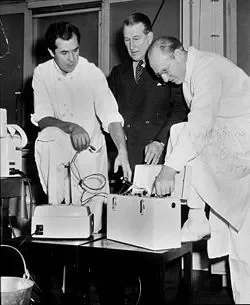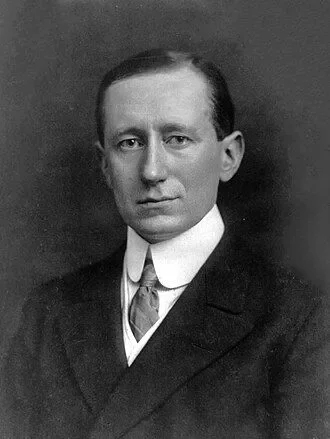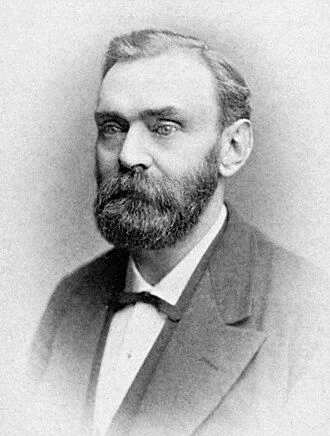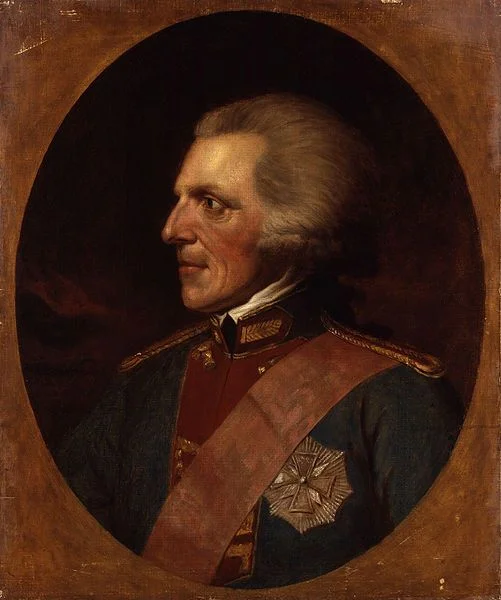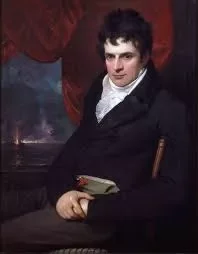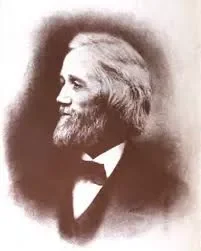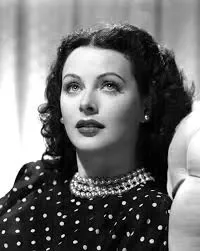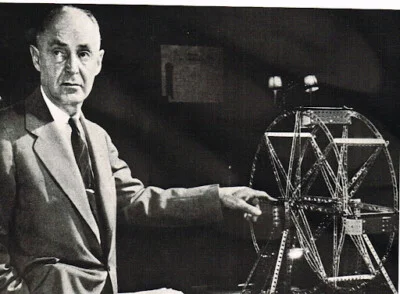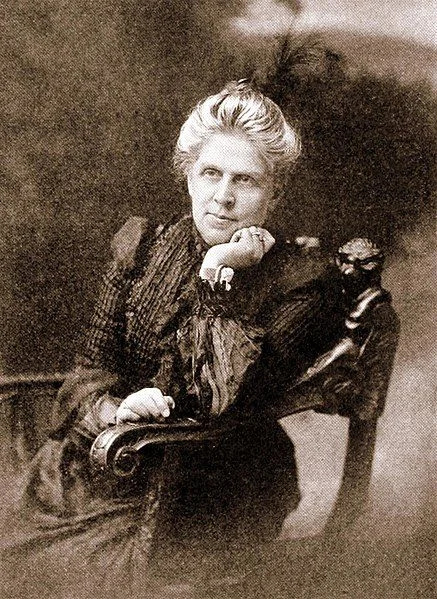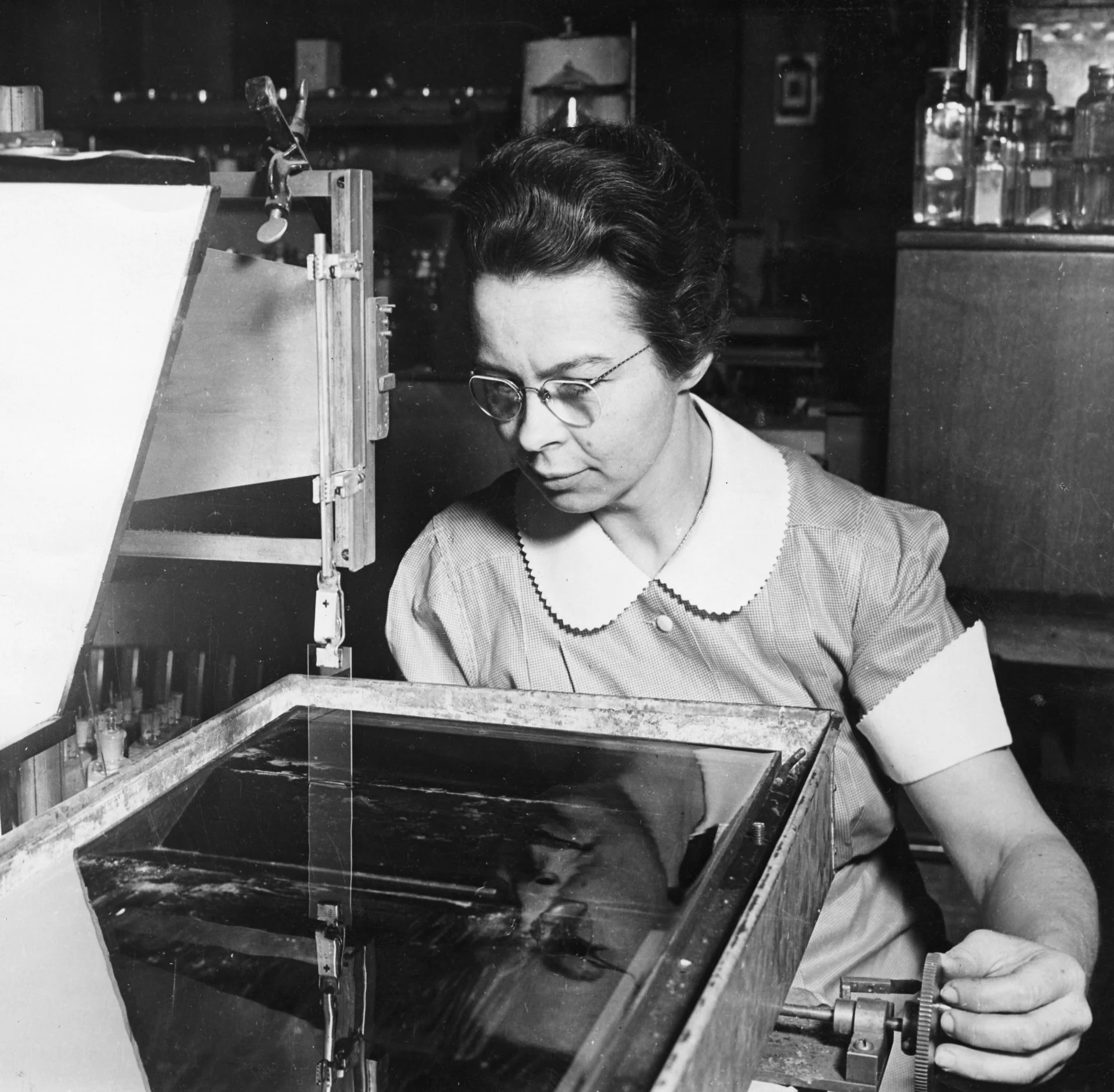Real Celebrities Never Die!
OR
Search For Past Celebrities Whose Birthday You Share
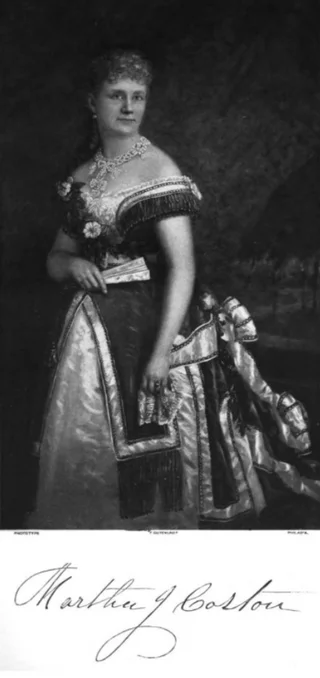
source:wikipedia.org
Martha Jane Coston
Birthday:
12 Dec, 1826
Date of Death:
09 Jul, 1904
Cause of death:
Natural causes
Nationality:
American
Famous As:
Expert
Age at the time of death:
77
Born on December 12, 1826, in Baltimore, Maryland, Martha Jane Coston would grow up to become an inventor whose creation would save countless lives at sea and play a crucial role in the American Civil War.
Early Life and Marriage
Martha moved to Philadelphia with her family in the 1830s. At the young age of 15 or 16, she eloped with Benjamin Franklin Coston, a promising 21-year-old inventor. Benjamin’s career took off quickly, and he became the director of the U.S. Navy’s scientific laboratory in Washington, D.C. There, he worked on various projects, including a signaling rocket and a percussion primer for cannons.
Tragedy and Inspiration
Tragedy struck in 1847 when Benjamin died, leaving Martha a widow at just 21 years old with four children to support. Among her husband’s belongings, Martha found notebooks containing ideas for a system of pyrotechnic night signals. Although Benjamin’s system was incomplete, it sparked an idea in Martha’s mind.
The Birth of the Coston Flare
For nearly a decade, Martha worked tirelessly to develop a working system of signal flares based on her late husband’s initial concept. Although she had limited knowledge of chemistry and pyrotechnics, she pushed through by partnering with chemists and fireworks professionals.
A breakthrough came in 1858 while watching a fireworks display in New York City. Martha realized her system needed a bright blue flare to complement the red and white she had already developed. This insight led to the creation of a three-color signal flare system that could be used for ship-to-ship and ship-to-shore communication.
Business and Patents
In 1859, Martha was granted U.S. Patent number 23,536 for her “Pyrotechnic Night Signals.”. It is interesting to note that the patent listed her as the administratrix of her late husband, who was named as the inventor, even though Martha was the one who did the majority of the work.
Martha established the Coston Manufacturing Company to produce her signal flares. She also obtained patents in several European countries and traveled to England to market her invention internationally.
Civil War Contribution
When the Civil War broke out in 1861, Martha Jane Coston returned to the United States and petitioned Congress to purchase her patent for use in the conflict. After some negotiation, the U.S. Navy bought the rights for $20,000, half of what Martha had initially requested.
The Coston flares were extremely useful during the war, especially in the Union’s naval blockade of Southern ports. They played a key role in capturing Confederate blockade runners and organizing naval activities, like during the Battle of Fort Fisher in 1865.
Martha Jane Coston's Quote's
Legacy and Later Life
Martha Jane Coston continued to improve her invention, receiving another patent in 1871 for improvements to the signal system. Her flares became standard equipment for the U.S. Life-Saving Service (a precursor to the Coast Guard), helping to save thousands of lives at sea.
Despite her contributions, Martha faced ongoing challenges as a woman in a male-dominated field. She often had to fight for fair compensation and recognition for her work.
Martha Jane Coston passed away on July 9, 1904, in Philadelphia. Her company, later known as the Coston Signal Company, continued operating until the late 20th century. In 2006, Martha was posthumously inducted into the National Inventors Hall of Fame.
Martha Coston’s story is one of resilience, ingenuity, and determination. She turned tragedy into innovation by creating an invention that changed maritime safety and naval warfare, supporting her family in the process.
Name:
Martha Jane Coston
Popular Name:
Martha Jane Coston
Gender:
Female
Cause of Death:
Natural causes
Spouse:
Place of Birth:
Baltimore, Maryland, United States
Place of Death:
Philadelphia, Pennsylvania, United States
Occupation / Profession:
Personality Type
Executive: Excellent administrators, unsurpassed at managing things or people. Coston displayed high levels of determination, practicality, and strategic thinking. Her organized approach to securing patents, negotiating with the Navy, and running her own business shows her personality.
Her invention played a significant role in both the Civil War and peacetime maritime rescue missions
Her signaling system used colored flares to communicate coded messages across long distances
Initially, her husband began the work on flares, but after his death, she dedicated years to developing and improving the technology
During her work, she faced challenges gaining recognition in a male-dominated industry
Secured patents in the U.S. and internationally for her pyrotechnic signaling system
Recognized as a pioneering female inventor in a male-dominated field
Her invention was extensively used by the U.S. Navy, European navies, and the U.S. Life-Saving Service
Developed the Coston flare, revolutionizing maritime and military communication
